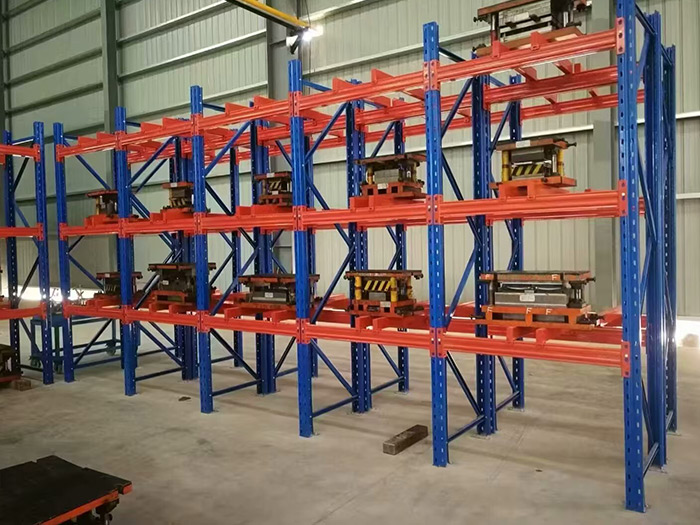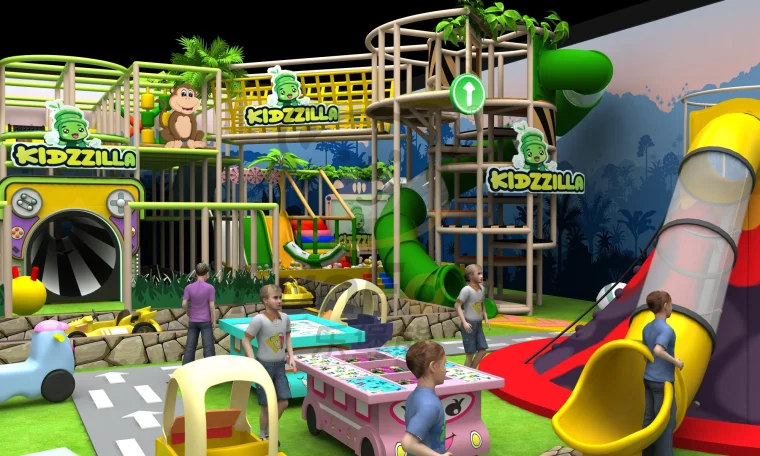Exploring the Most Common Interior Wall Textures: A Comprehensive Guide for Homeowners and Designers
3 min readWhen it comes to interior design, the texture of your walls plays a crucial role in defining the overall aesthetic of a space. Wall textures not only contribute to the visual appeal but also influence the ambiance and feel of a room. Among the myriad of options available, certain textures have emerged as the most common choices for homeowners and designers alike. In this article, we will delve into the most prevalent interior wall textures, their characteristics, applications, and tips for selecting the right one for your space.
Understanding Wall Textures
Before we explore the most common textures, it’s essential to understand what wall textures are. Wall texture refers to the finish applied to the surface of walls, which can range from smooth to highly textured. The choice of texture can significantly impact the perception of space, light, and even acoustics within a room.
The Most Common Interior Wall Textures
- Knockdown Texture
- Description: Knockdown texture is a popular choice characterized by a mottled appearance created by spraying a joint compound onto the wall and then flattening it with a trowel. This technique results in a soft, textured surface that can hide imperfections effectively.
- Applications: Ideal for living rooms, hallways, and ceilings, knockdown texture adds depth without overwhelming the space. It is particularly favored in modern and contemporary designs.
- Pros and Cons: While it effectively conceals flaws, it can be challenging to repair if damaged.
- Popcorn Texture
- Description: Once a staple in many homes, popcorn texture features a bumpy, raised surface created by spraying a mixture of paint and polystyrene. This texture is often associated with ceilings but can also be applied to walls.
- Applications: Commonly found in older homes, popcorn texture is often used in basements and rental properties due to its ability to hide imperfections.
- Pros and Cons: While it is excellent for sound absorption, it can be difficult to clean and may harbor dust and allergens.
- Smooth Finish
- Description: A smooth finish is the simplest wall texture, achieved by applying a thin layer of joint compound and sanding it down to create a flawless surface.
- Applications: This texture is versatile and works well in any room, particularly in spaces that require a more sophisticated or minimalist look, such as modern or Scandinavian designs.
- Pros and Cons: While it offers a clean and elegant appearance, it requires more maintenance to keep it looking pristine.
- Slap Brush Texture
- Description: Slap brush texture is created by using a brush to slap the wet joint compound, resulting in a unique, textured pattern that resembles waves or ripples.
- Applications: This texture is often used in casual or rustic settings, such as family rooms or country-style homes.
- Pros and Cons: It adds character to a space but can be challenging to match if repairs are needed.
- Stucco Texture
- Description: Stucco texture is a thicker, more pronounced finish made from a mixture of cement, sand, and lime. It can be applied in various styles, from smooth to highly textured.
- Applications: Commonly used in Mediterranean or Southwestern-style homes, stucco texture is suitable for both interior and exterior walls.
- Pros and Cons: While it provides excellent durability, it can be more expensive and labor-intensive to apply.
Choosing the Right Texture for Your Space
When selecting a wall texture, consider the following factors:
- Room Functionality: Different textures serve different purposes. For example, a smooth finish may be more appropriate for a formal dining room, while a knockdown texture could enhance the coziness of a family room.
- Maintenance: Some textures require more upkeep than others. If you have a busy household, consider textures that are easier to clean and maintain.
- Aesthetic Goals: Think about the overall style you want to achieve. Textures can complement or contrast with other design elements, so choose one that aligns with your vision.
Conclusion
Understanding the most common interior wall textures can empower homeowners and designers to make informed decisions that enhance the beauty and functionality of their spaces. Whether you prefer the rustic charm of slap brush texture or the sleek elegance of a smooth finish, each texture offers unique benefits and challenges. By considering the room's purpose, maintenance requirements, and aesthetic goals, you can select the perfect wall texture that not only elevates your interior design but also reflects your personal style.



